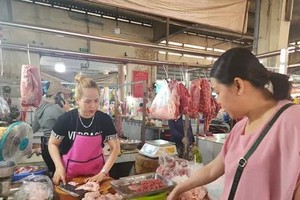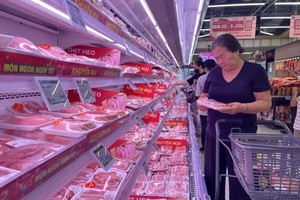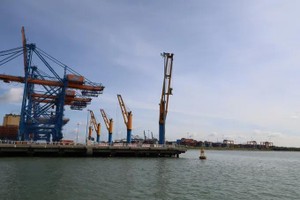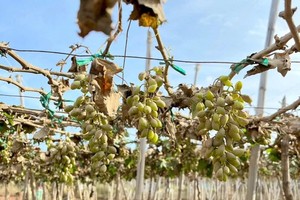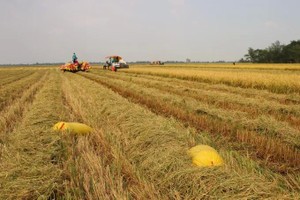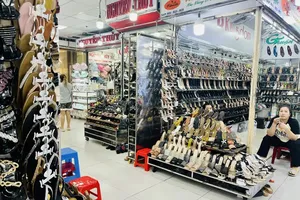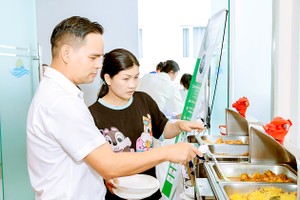Vietnam is facing mounting challenges in curbing the ongoing outbreak of ASF. With only six months remaining until Tet—the country's peak season for pork consumption—urgent questions arise: How can the livestock sector replenish pig herds in time to meet soaring demand, while keeping the disease at bay and ensuring abundant meals on Vietnamese dining tables?
Dual mandate: Contain the virus, rebuild herds
In Da Nang, a major urban center in Central Vietnam, ensuring a stable and safe food supply for both residents and visitors is paramount. According to Mr. Tran Nam Hung, Vice Chairman of the Da Nang People’s Committee, pig restocking is only permitted once ASF is fully contained and officially declared over.
“Currently, just one commune in the city has gone 22 consecutive days without a new outbreak,” he noted, warning that pork supply toward year’s end may face significant strain.
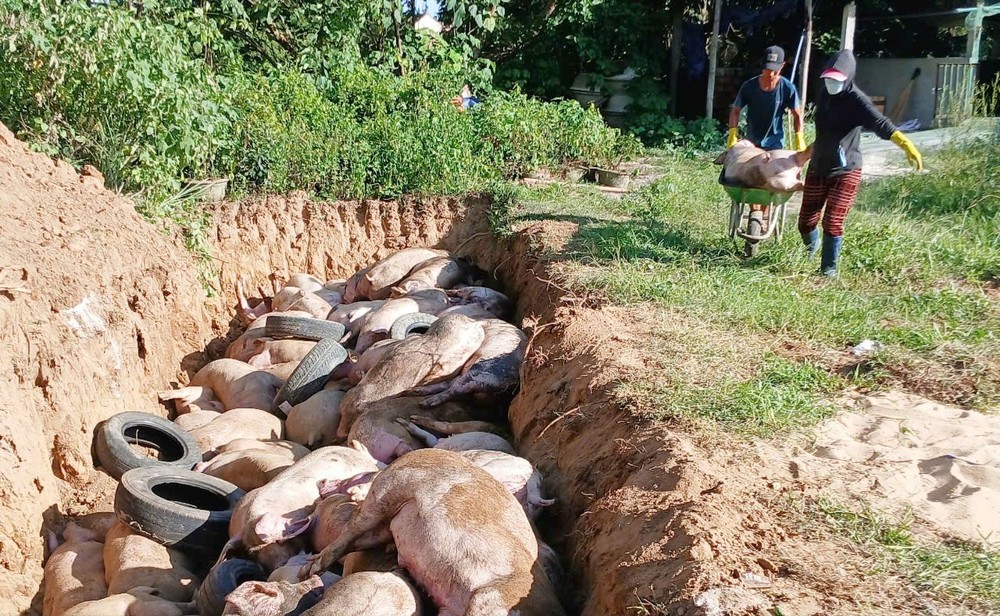
In Gia Lai Province, local leaders report that recent ASF outbreaks have been concentrated mainly in small-scale, traditional household farms. In response, the provincial Department of Agriculture and Environment plans to advise the People’s Committee to encourage these smallholders to form supply chains in partnership with businesses, thereby professionalizing and safeguarding livestock operations by establishing safe farming zones and disease-free production chains.
Meanwhile, in Dong Thap Province, authorities are requiring that breeding pigs be sourced exclusively from certified safe zones. Cross-provincial purchases must be accompanied by animal health certification. Newly introduced pigs must undergo a 3–4 week quarantine period before being integrated into existing herds, during which time vaccinations are administered per the manufacturer's guidelines. Farms must also conduct thorough cleaning and disinfecting of facilities once or twice a week.
Fortifying biosecurity on the ground
Despite the nationwide spread of ASF, some farms and localities offer valuable prevention models.
At a concentrated pig farm in Xom Quat Hamlet, An Long Commune (HCMC), housing nearly 3,000 pigs, farm owner Dinh Van Ky shared his approach. His farm operates under a contract with Lang Sen Agriculture Company. “A veterinary expert visits daily to guide feeding and hygiene protocols,” he explained. The farm enforces strict access control, with two layers of disinfection and a mandatory three-hour isolation period before anyone may enter the livestock area.
To reduce the risk of infection, workers are supplied with all essential items on-site and are discouraged from leaving the premises. All pigs have received two full doses of the ASF vaccine. “Biosecurity for both the animals and the people raising them is always top priority,” Ky affirmed.

In Binh Duong Province, Mr. Tran Phu Cuong, former Director of the provincial Sub-department of Livestock Production, Animal Health, and Fisheries, noted that local farms have consistently applied strict controls and maintained constant communication with pig farmers through various outreach methods. With more than 70 percent of livestock raised in high-tech, biosecure farms, the province has generally fared well in containment efforts.
Given the complex and volatile ASF situation nationwide, the Binh Duong Sub-department of Livestock Production, Animal Health, and Fisheries has sent requests to businesses and individuals, urging them to adopt proactive budgeting and vaccination planning. Local commune and ward governments have also been directed to step up public awareness campaigns and guide farmers in hygiene and disease prevention practices, ensuring rapid detection and readiness to respond to any outbreak.
How to rebuild without relapsing?
According to Mr. Duong Tat Thang, Director of the Department of Livestock Production and Animal Health under the Ministry of Agriculture and Environment, as of now, 30 provinces have yet to pass the 21-day threshold since their most recent outbreaks—meaning the virus remains active, and the risk of further spread remains high.
In this precarious context, the livestock sector faces a dual mandate: contain the virus and promote herd restocking. Enabling farmers to safely repopulate their herds will require scaling up the supply of disease-free piglets, strict epidemiological oversight, and stabilizing input costs—especially animal feed.
There’s some good news on the latter front: prices for key feed ingredients such as soybean meal and rice bran have declined, resulting in a 3–9 percent drop in mixed feed prices compared to earlier this year—an encouraging sign for post-outbreak restocking efforts.
In parallel, authorities must urgently develop a regional epidemiological map for pig herds and implement a traceability system for piglets and pork products. This will allow for tight oversight from restocking to transport, slaughter, and distribution. Violations—including restocking without reporting or slaughtering without proper inspection—should incur strict penalties, up to and including suspension of operations.
